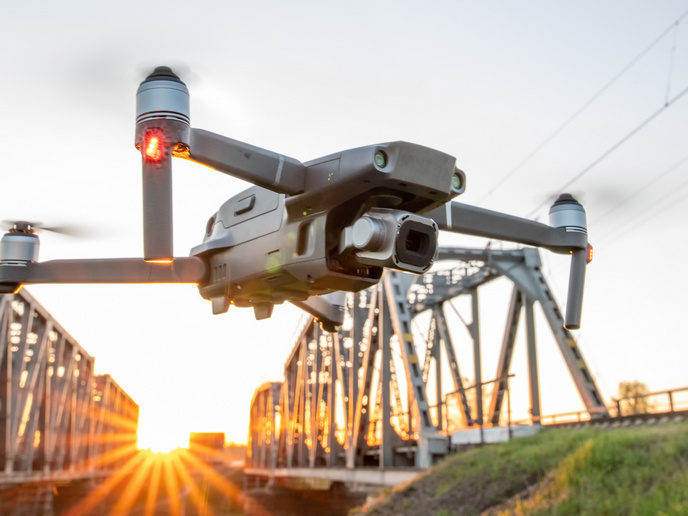Rivers of commerce in the Rhine-Alpine corridor
River cargo voyages have proved to be crucial when it comes to ensuring time efficiency in seaports. But what does that involve besides planning and executing smooth passages? That is something the EU-funded NOVIMOVE project sought to achieve. The initiative aims to enhance the efficiency of inland waterway transport (IWT) along the Rhine-Alpine corridor, a collaborative effort that involves 21 partners from six European countries, including logistics operators, ports, system developers and research organisations. One of the main focuses was to reduce delays and improve overall efficiency by optimising river voyage planning, cargo reconstruction and innovative vessel designs. The project was designed to address critical inefficiencies in the IWT logistics system, where waiting times at seaports, suboptimal navigation and underutilised container capacities have historically created bottlenecks. For example, inland container vessels typically make six to eight stops at seaport terminals, leading to excessive idle times. NOVIMOVE’s strategy, says Rudy R. Negenborn, project coordinator, was to ‘condense’ the logistics system by improving load factors and reducing delays at seaports, bridges and locks. “NOVIMOVE aimed at transforming the inland waterway transport system to enhance its efficiency, reliability, and environmental sustainability,” he explained.
Satellite navigation
One of NOVIMOVE’s key innovations was the introduction of smart navigation systems, which combined satellite data (Galileo) with real-time river depth information. These systems enabled more efficient route planning, reducing fuel consumption and waiting times at locks and bridges. “The developed smart navigation system, including dynamic lock scheduling, has been demonstrated in a real-world setting for use cases in the Scheldt-Rhine and Albert Canals. The results show a reduction in waiting times, which indicates increased vessel lock throughput,” said Negenborn. The project also explored new vessel designs capable of handling fluctuating water levels. By using retractable buoyancy systems, NOVIMOVE aimed to ensure that vessels could carry full payloads even in low water conditions. “Promising concepts at the ship system level for making ships more resilient against fluctuations in water levels have been investigated and demonstrated with scaled model tests in basins. The potential of retractable boxes as well as their operational guidelines was demonstrated with an actuated free-running model,” added Negenborn.
Extreme collaboration, promising outcome
Aligning the perspectives of the consortium of 21 partners, including logistics operators, ports, research institutions and system developers from six countries was very challenging due to the large diversity. Plus, the COVID-19 pandemic added additional complexity, requiring the team to adapt quickly. Despite these challenges, the NOVIMOVE project made significant progress in all four of its technical work packages. These efforts focused on integrating innovative solutions in vessel design, logistics and navigation across the Rhine-Alpine corridor. Thanks to this collaboration, NOVIMOVE’s results were very promising. By improving load factors and reducing delays, the project estimates that it could increase the freight moved by inland waterways along the corridor. “By implementing the NOVIMOVE innovations, container IWT transport cost could be reduced by up to 8.7 %, and the mode share of container IWT could increase by up to 8.4 % by 2030,” said Negenborn. These innovations could attract an additional 330 442 twenty-foot equivalent units (TEUs) of cargo by 2030, reducing CO2 emissions by over 36 000 000 kg. Now that the project has concluded in May 2024, NOVIMOVE’s innovations are ready to influence future policy and industry practices, although there is still room for optimisation. One thing is certain, the project has laid the foundation for a more efficient, reliable and environmentally friendly inland waterway transport system in Europe.
Keywords
NOVIMOVE, inland waterway, seaport, transport, Rhine-Alpine corridor, river cargo







